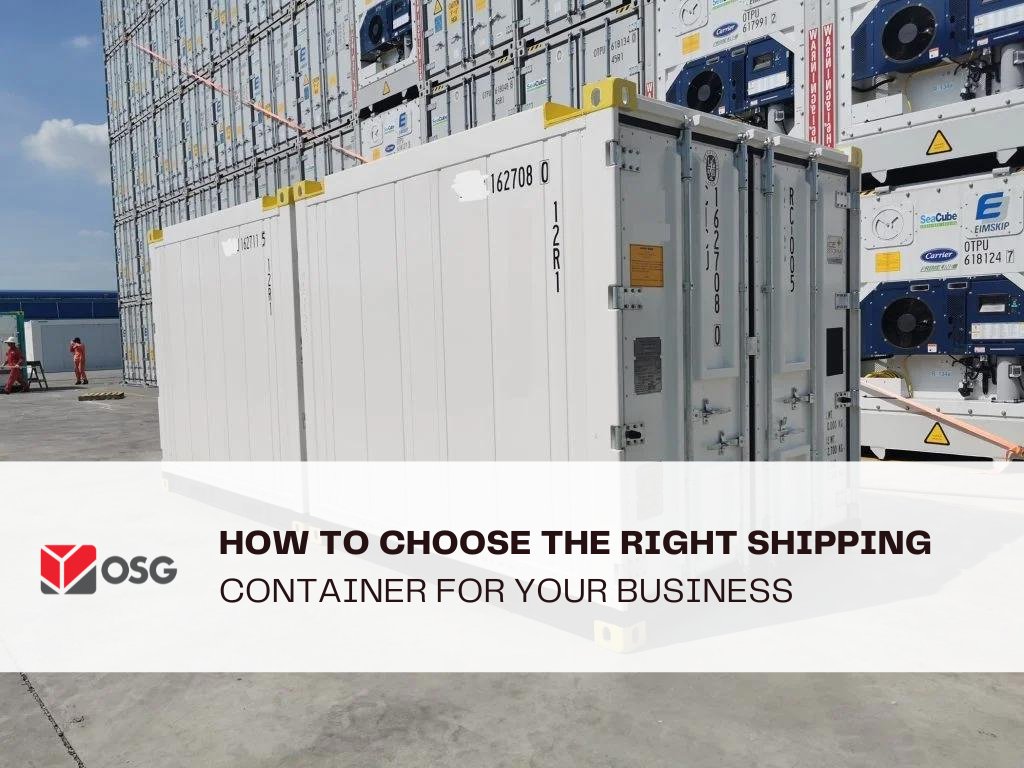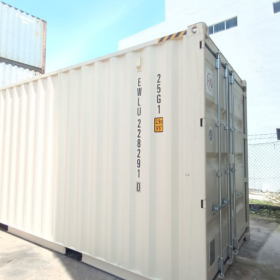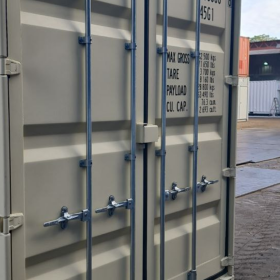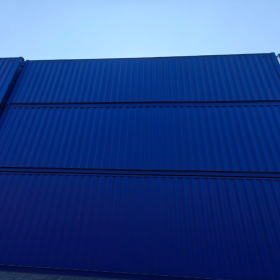How to Choose the Right Shipping Container for Your Business
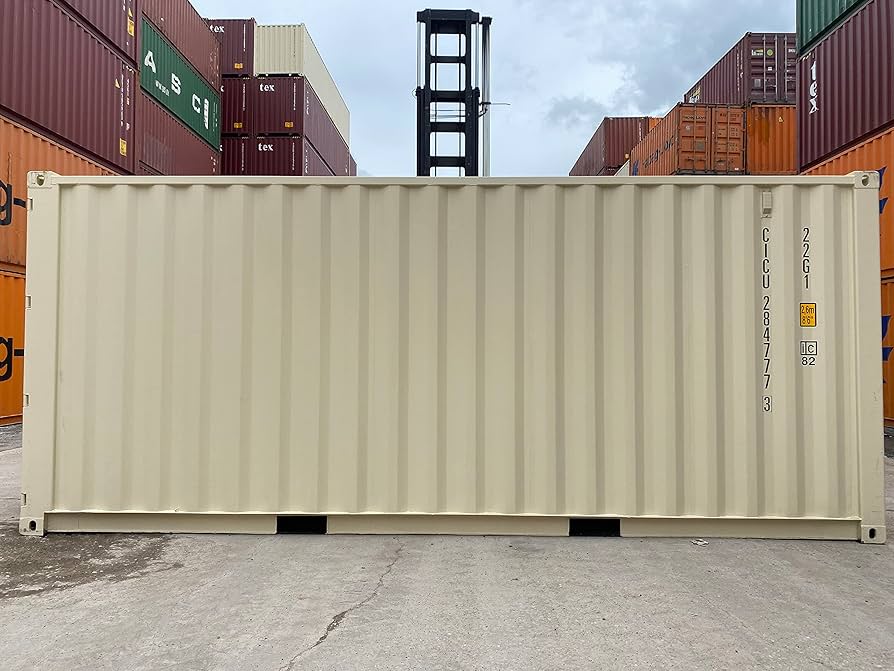
Shipping containers have evolved beyond their original use of transporting goods across the globe. Today, they serve various purposes, from temporary storage to modular office spaces and even pop-up shops. Choosing the right shipping container for your business requires careful consideration of several factors to ensure it meets your specific needs effectively and efficiently. Here’s a comprehensive guide to help you select the ideal container for your business.
1. Understand Your Needs
The first step in choosing the right shipping container is to clearly define your needs. Are you looking for storage, a mobile office, or a retail space? Understanding the intended use of the container will guide you in selecting the right size, type, and modifications required.
- Storage: If you need a container for storage, focus on durability and security. Consider the amount of space required and whether you need a standard or high-cube container (which offers extra height).
- Mobile Office: For a mobile office, you’ll need a container that can be easily modified to include windows, doors, insulation, and electrical fittings.
- Retail Space: For a retail space, aesthetics and branding are crucial. You might need a container that can be customized with signage, shelving, and climate control.
2. Choose the Right Size
Shipping containers come in various sizes, typically ranging from 10 to 40 feet in length. The size you choose should be based on your specific requirements:
- 10-Feet Container: Ideal for small storage needs or as a small office space. It’s a good choice if you have limited space or are working with a tight budget.
- 20-Feet Container: A popular size for a variety of applications, including storage and small retail spaces. It offers a balance between space and cost.
- 40-Feet Container: Suitable for larger needs, such as extensive storage or larger office spaces. It provides ample room but may require additional modifications for certain uses.
3. Consider Container Types
Shipping containers come in different types, each with unique features:
- Standard Container: The most common type, used for general storage and transportation. It has a standard height and basic features.
- High-Cube Container: Offers an extra foot of height compared to standard containers. It’s ideal for businesses that require additional vertical space.
- Refrigerated Container: Equipped with cooling units, making it suitable for storing perishable goods or sensitive materials.
- Open-Sided Container: Features doors on the long side, allowing for easy loading and unloading of large items or creating an open retail space.
4. Assess the Condition
Shipping containers can be either new or used. New containers, or “one-trip” containers, are in pristine condition and come with a higher price tag. Used containers are more affordable but may have wear and tear. When choosing a used container, inspect it thoroughly for:
- Structural Integrity: Check for rust, dents, and any signs of damage.
- Water Tightness: Ensure the container is sealed properly to avoid leaks.
- Odor and Cleanliness: The container should be clean and free from unpleasant odors, especially if it will be used for storing sensitive items.
5. Think About Modifications
Depending on your needs, you might require modifications to the container. Some common modifications include:
- Insulation: Essential for temperature-sensitive applications, such as offices or retail spaces.
- Ventilation: Crucial for preventing moisture buildup and maintaining air quality.
- Electrical and Plumbing: Necessary for office spaces and retail environments to support lighting, heating, and cooling systems.
- Windows and Doors: To improve accessibility and create a more functional space.
6. Check for Compliance
Ensure that the container and any modifications comply with local building codes and regulations. This is especially important if the container will be used as an office or retail space, as you may need permits and inspections.
7. Budget and Delivery
Finally, consider your budget and the cost of delivery. Shipping containers can vary significantly in price based on size, condition, and modifications. Additionally, factor in the cost of transporting the container to your location, as this can add to the overall expense.
Conclusion
Choosing the right shipping container for your business involves assessing your specific needs, selecting the appropriate size and type, evaluating the container’s condition, and considering any necessary modifications. By carefully considering these factors, you can ensure that your container meets your requirements and provides a functional, efficient solution for your business. Whether you need a storage solution, mobile office, or retail space, the right shipping container can be a versatile and cost-effective asset for your business operations.

